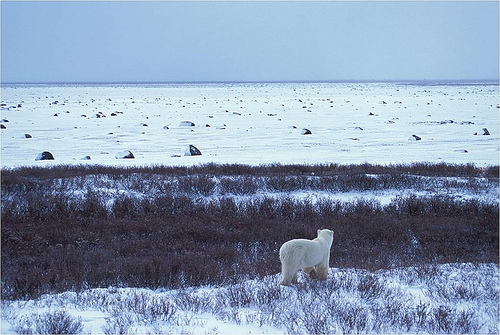Fungus makes zombie ants administer ‘death bite’ at noon
Researcher David Hughes has expanded research on a parasitic fungus and its carpenter ant host. As explained in an excerpt from a previous EcoTone post: Scientists have found that the parasitic fungus Ophiocordyceps unilateralis has possibly been invading carpenter ants (Camponotus) for 48 million years. The parasite not only infects the ant, but it manipulates the ant’s behavior, driving it…
